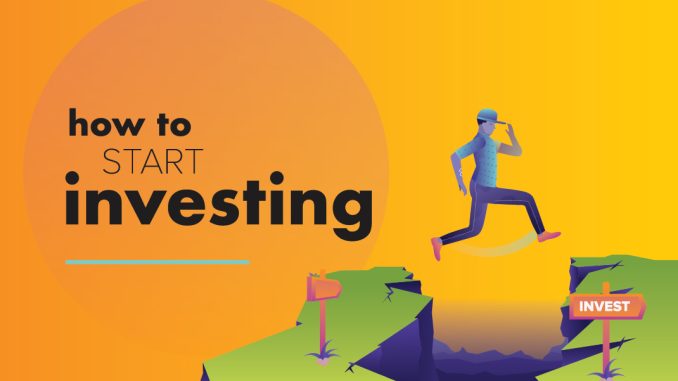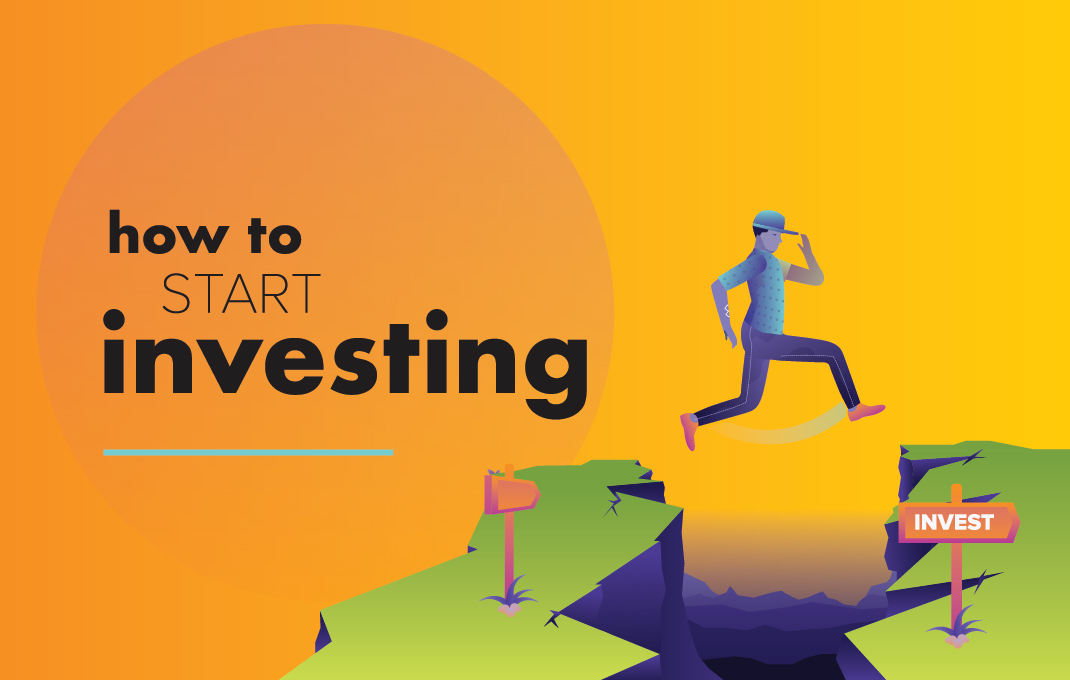
How to Start an Investment Blog
1) Finding your Niche
Running a blog is an investment. While not expensive, you put a lot of time into it in hopes you find an audience. You may wonder how you can find your audience without much risk. While you’ll be risking something regardless, you can be able to reduce risk by having your blog focus on a niche.
A niche is a specific topic that has an audience, but has less competition. “Investment” is too broad of a subject. There are different types of investments, from stocks to cash, and focusing on that can yield better results. You can make the topic more specific. What about writing about stock investment on a budget?
Think about a topic you’re interested in and use Google Trends to see if there’s an audience. If the results are too little, broaden your topic, and vice versa.
2) Think of a unique blog name and create your website
Now comes the fun part, creating your blog name. We suggest a name that’s short, sweet and is relevant to your audience. Some names for an investment blog could be: Investment Ideas, Wall Street for Plebs, or if you’re still stuck try using our blog name generator for some inspiration.
Once you have a blog name in mind, it’s time to get your website set up. Don’t worry, this is much easier than it sounds and can be easily done in less than an hour! Checkout our full guide on the best and easiest way to setup a WordPress blog here.
We suggest going with BlueHost to host your website as they have a easy one-click WordPress installation tool, you can get 60% Off hosting and a free domain name here.
3) Get the essentials
A blog doesn’t require much financial investment, but you may want to buy some essentials depending on what you want to do. If you want to make videos and podcasts, you may be interested in getting a video camera or a microphone. Your webcam with a built-in mic won’t cut it; people will trust you less if you don’t look at least somewhat professional. Make sure you have the adequate social media profiles, too.
One thing you may want to invest in when making an investment blog is time. You’ll want to study on the latest investment trends so you can sound informed. This may sound easy, but more often than not, it’s hard to keep up with the latest news.
You’ll also want to read some material from the expert investors. The point isn’t to regurgitate what they say; if your audience wants to read summarized books, they’ll just read the books themselves. But it can help shape your opinions on investment and you can also critique the authors if you don’t agree with them. A contrary opinion to a popular book is always a good idea for a quality blog post.
What content do investment bloggers create?
An investment blogger is very informative. They may create blog posts, videos, and podcasts about the latest news in investment, or make how-to guides on how to minimize risk while maximizing profit. Sometimes, they may make more journalistic pieces that interview bigger investors in the game.
Photo content is less rare, with photography limited to figureheads or illustrations.
An audience of this type will enjoy content that sounds more professional, unless your niche is a “for dummies” investment guide.
Create engaging and relevant content
You’ll need to think about your voice. Do you want a tone that is dry and delivers the facts, or do you want something more casual for newcomers to investment? Read a few blogs and find a style that’s inspired by them. Take elements of blogs you like and implement them in yours.
Not to mention, your content should be relevant, too. No one likes reading about investment trends that were so 2018. They’re looking to the future. Post current, relevant content, and you’ll do well.
Again, you’ll want to create content that isn’t just investment ideas and tips that are rewritten from another source. You’ll want something that is more valuable than that. Writing good investment content often means tying it to a story. You can tell a story involving you or someone you know who won it big or lost it all when investing. Through other people’s lucky or cautionary tales, an audience can learn what works, what doesn’t, and what they can do if they decide to invest. Reach out to people if you feel like you don’t know anyone personally. Everyone has a story to tell.
How to grow your traffic
Even if your content is engaging, you have to get the word out. Here are some ways you can grow an audience.
- Investing requires money, and spending money on ads for your blog isn’t a bad idea. Facebook ads, Google ads, and other outlets can help you spread the word out, and the campaign is flexible based on your budget.
- Guest post. By guest posting on investment blogs and interacting with other bloggers, you can help get your name out. Never not network.
- Engage with your audience. Ask questions and give calls to action. Reply to comments as much as possible. This will help keep the audience you have.
- Optimize your site for SEO. You can invest in an SEO professional if you want to get the most out of it.
- Social media. This is one of the best ways to grow your brand. A Facebook page is good for talking to an audience. Instagram is good for photos. Twitter is great for snippets of investment advice.
How to make money with your Investment Blog
A good investment blog can end up making you some cash if you put enough effort into it. You can have multiple revenue streams, including:
- Patreon. This crowd-funding website allows audiences to give you money each month, usually in exchange for premium content. Extra blog posts, chances to speak with you, and other premium content can help give incentive for your audience to support you.
- AdSense and other ad programs can help monetize your blog.
- If you’re a YouTube vlogger, you can put ads on your videos as well.
- Sponsorships. If you become influential, companies that sell investment-related products will pay for you to advertise or review their product.
- Event invites. If you became very influential, you may be paid to speak or attend events, with all travel expenses paid for.
Top #3 Investment Bloggers
#1 Investing for Beginners
Started by Andrew Sather, this blog is for beginners who want to make a living investing. Often, it seems like the world of investment is gatekept by the rich, but there are ways for anyone to become an investor. This blog helps beginners learn more, with podcasts, blog posts, and various other formats to get you started.
If you ever want to write an investment blog for beginners, have a happy medium between simplicity and professionalism. Most newbies don’t want to be talked down to. They want a mentor, and you can help be their mentor.
#2 The Reformed Broker
This blog was started by Joshua Brown, a financial advisor. People love reading blogs written by professionals, especially when the professional wants to help you be a better investor. He writes about advice, his opinions on the financial world, and much more. If you’re thinking about getting into investing, this blog is worth checking out.
For your blog, try finding an expert you can reach out to and interview. That is unless you’re an expert yourself. Then, you can make your own blog similar to The Reformed Broker.
#3 Forbes
Forbes is one of the biggest financial publications around, and they have blogs dedicated to investing and other financial opinions. In addition, Forbes talks about other news related to the business world. It’s a good place to get inspiration and to stay in the loop about the latest news.
While your blog probably won’t be as powerful as Forbes, it’s a great place for content. Just don’t regurgitate content. Find something you agree with or disagree with on the site and make your own discussion.
[“source=businessnamegenerator”]

